How long is the battery life of new energy vehicles? When new energy vehicles enter thousands of households, battery life has become a “range anxiety” hanging in the hearts of car owners. How long can this “energy heart” that accounts for 40% of the cost of the whole vehicle accompany us? The answer is hidden in the charge and discharge cycle test in the laboratory and in the daily use habits of car owners.
1. The life code in the laboratory
The cycle life of mainstream ternary lithium batteries is usually 800-1500 times, while lithium iron phosphate can reach 1500-2000 times. The “cycle” here is not a simple charge and discharge, but a complete process from full charge to full exhaustion. In the daily shallow charge and discharge mode, the cumulative charge and discharge is equivalent to a complete cycle. Calculated based on an average daily mileage of 50 kilometers, a vehicle equipped with a 60-degree battery pack has an annual cycle of about 73 times, and lithium iron phosphate can theoretically be used for 13 years.
But laboratory data is not equal to actual life. The battery attenuation model of a new energy vehicle company shows that under an ideal environment of 25°C, the annual attenuation rate of the battery is about 2.3%; when the ambient temperature rises to 40°C, the attenuation rate increases by 50%. This explains why winter in the north and midsummer in the south become “testing grounds” for battery health.
2. Real-life aging accelerator
Fast charging is the price of convenience. During DC fast charging, the battery temperature can be 15°C higher than slow charging. Long-term high-frequency use will cause repeated damage and repair of the SEI membrane, accelerating the growth of lithium dendrites. Data from a research institute show that vehicles that are fast-charged more than 4 times a week have a battery capacity 8% lower than slow-charged vehicles of the same age after 2 years.
The depth of charge and discharge is also critical. Frequent consumption of power below 10%, or long-term parking at full charge, will put the battery in an “over-discharge/over-charge” state. Just like a rubber band in a state of extreme stretching for a long time, the electrode material will be irreversibly damaged.
3. Anti-aging maintenance secrets
Smart charging is the key. Keep the battery level between 20% and 80% daily, and calibrate the battery properly before long-distance travel (continue to trickle charge for 1 hour after full charge) to correct the BMS power estimation deviation. When charging in winter, start the battery preheating function in advance and raise the temperature to above 10°C, which can increase the charging efficiency by 30%.
Temperature control is an invisible line of defense. The annual average temperature difference in underground garages is 8°C less than that in ground parking, which can delay battery decay. When parking in summer, avoid direct sunlight and use sunshades to reduce the temperature in the car by 12°C. The liquid cooling constant temperature system equipped in some models can control the battery temperature difference within 3°C.
4. The technical game behind the warranty
Mainstream car companies provide 8-year/150,000-kilometer battery warranty, and some brands such as BYD offer lifetime warranty to the first owner. But the details are hidden: the battery decay must be less than 80% to be replaced free of charge, and it may fail in accidents, wading, etc. Tesla’s warranty policy requires the use of official supercharging piles, otherwise it may lose the guarantee qualification.
Technological progress is rewriting the rules of life. Through structural innovation, CATL Kirin Battery has achieved a volume utilization rate of over 72% and a heat dissipation efficiency of 40%. BYD Blade Battery adopts a lamination process, and its space utilization rate is 50% higher than that of traditional square shell batteries. These technological iterations are pushing battery life towards the “million-kilometer club”.
When we regard batteries as living organisms that need to be cared for, their aging trajectory becomes controllable. Under the dual protection of correct use and technological innovation, the “energy heart” of new energy vehicles is breaking free from the shackles of laboratory data and running towards the future with more lasting vitality. After all, it is not only the chemical formula that determines the life of the battery, but also the symbiotic wisdom of people and technology.

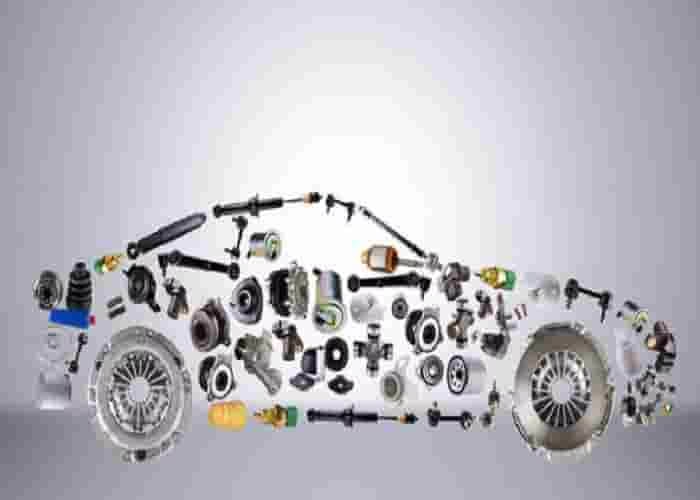
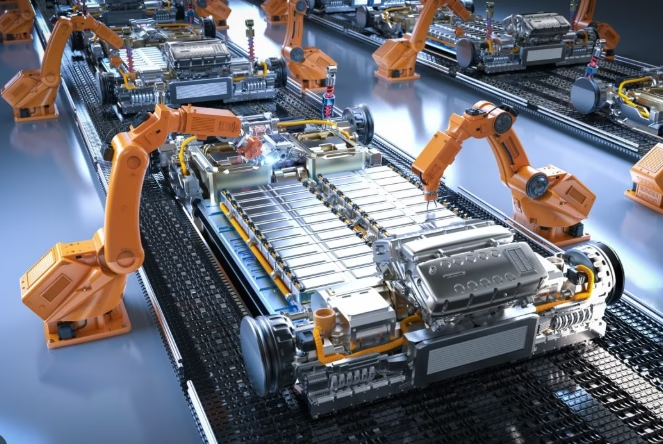




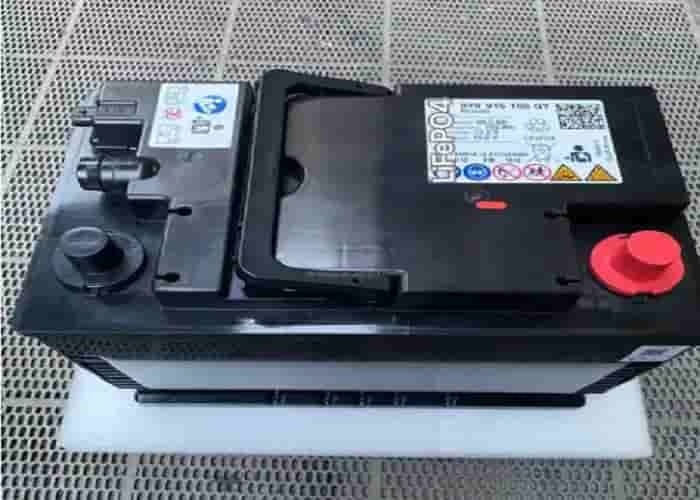
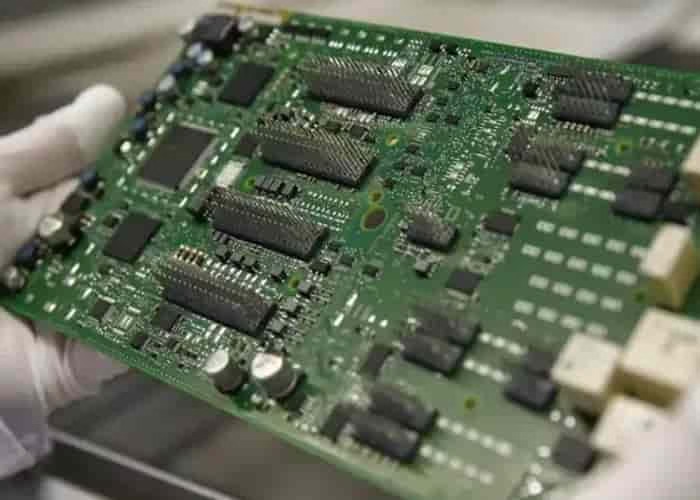

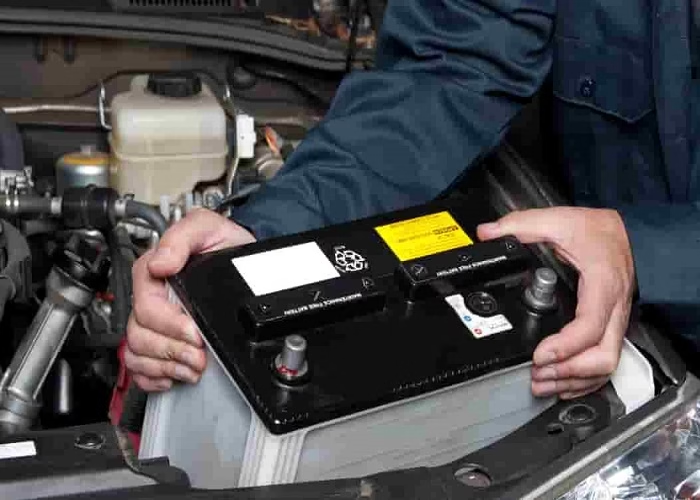




Leave a Reply